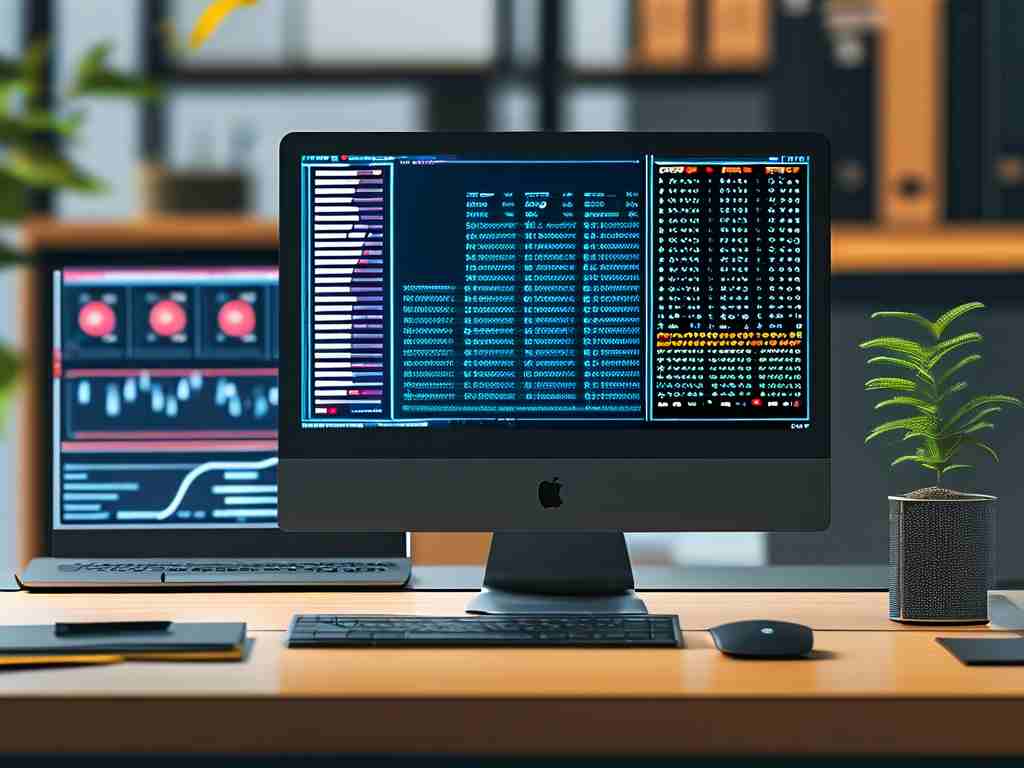In the realm of computer storage management, partitioning disk memory is a fundamental task that optimizes performance, organizes data, and enhances system security. Whether you're setting up a new computer or reorganizing an existing system, understanding how to partition disk memory effectively is crucial. This guide explores the purpose, methods, and best practices for partitioning disk memory across different operating systems.

What Is Disk Partitioning?
Disk partitioning refers to dividing a physical storage device (e.g., a hard drive or SSD) into isolated sections called "partitions." Each partition functions as a separate logical unit, allowing users to allocate storage for specific purposes, such as installing an operating system, storing personal files, or creating backups. Partitioning does not physically split the disk but creates virtual boundaries recognized by the system.
Why Partition Disk Memory?
- Organized Data Management: Separating system files, applications, and personal data reduces clutter and simplifies backups.
- Multi-OS Compatibility: Partitions enable users to install multiple operating systems (e.g., Windows and Linux) on the same device.
- Performance Optimization: Isolating frequently accessed files (e.g., system files) from bulk storage can improve read/write efficiency.
- Enhanced Security: Critical partitions can be encrypted or protected independently, reducing risks from malware or accidental deletion.
Types of Partitions
- Primary Partition: Directly boots an operating system. A disk can have up to four primary partitions.
- Extended Partition: Acts as a container for unlimited "logical partitions," bypassing the four-primary-partition limit.
- Logical Partition: Created within an extended partition for additional storage segmentation.
Step-by-Step Partitioning Guide
1. Backup Your Data
Before modifying partitions, always back up critical data. Partitioning errors or power failures during the process can lead to data loss.
2. Choose a Partitioning Tool
- Windows: Built-in tools like Disk Management or Command Prompt (using
diskpart). Third-party software like EaseUS Partition Master offers advanced features. - macOS: Use Disk Utility to resize, create, or delete partitions.
- Linux: Tools like GParted or terminal commands (
fdisk,parted).
3. Create or Modify Partitions
Example for Windows (Using Disk Management):
- Press
Win + Xand select Disk Management. - Right-click the disk you want to partition.
- Select Shrink Volume to free up unallocated space.
- Right-click the unallocated space and choose New Simple Volume.
- Follow the wizard to assign size, drive letter, and file system (NTFS recommended for Windows).
Example for macOS (Using Disk Utility):
- Open Disk Utility from Applications > Utilities.
- Select the disk and click Partition.
- Click the + icon to add a partition, adjust its size, and choose a format (APFS or Mac OS Extended).
4. Format Partitions
Formatting assigns a file system to a partition. Common formats include:
- NTFS: Default for Windows (supports large files and encryption).
- APFS: Optimized for macOS SSDs.
- EXT4: Standard for Linux systems.
Best Practices for Partitioning
- Allocate Space Wisely: Reserve 20–30% of SSD space unpartitioned to prolong lifespan via wear leveling.
- Separate System and Data: Keep the OS and applications on a dedicated partition to simplify reinstalls.
- Avoid Over-Partitioning: Too many partitions can complicate management and reduce usable space.
Common Pitfalls to Avoid
- Resizing System Partitions: Shrinking the OS partition without adequate free space may cause boot failures.
- Mismatched File Systems: Formatting a partition with an incompatible file system (e.g., NTFS on macOS) limits functionality.
- Ignoring Alignment: On SSDs, misaligned partitions can degrade performance.
Advanced Techniques
- Dynamic Disks (Windows): Enables features like spanning volumes across multiple disks.
- LVM (Linux): Logical Volume Manager allows flexible resizing of partitions.
- RAID Configurations: Combines multiple disks into partitions for redundancy or speed.
Partitioning disk memory is a powerful strategy to maximize storage efficiency and safeguard data. By following structured steps and leveraging OS-specific tools, users can tailor their storage setup to meet personal or professional needs. Always prioritize backups and stay informed about your device’s hardware limitations to avoid costly mistakes. With careful planning, disk partitioning transforms a chaotic storage system into a well-organized, high-performance asset.









